incl. VAT plus shipping costs
Immediate delivery, express possible ![]()
More than 20 Articles in stock
Delivery only innh. Germany and Austria possible.
Switch to the German store
- Item no: 7618
Fast delivery times
All products are in stock with us!14 years of breeding experience
Let our team of experts advise you!High customer satisfaction
from over 3,000 reviews "| Pelvic region: | Center |
| Aquarium size: | 100 l (approx. 80cm) |
| Temperature: | 25-30 °C |
| Feature: | Algae eater |
| with snails/shells?: | No |
| Fish group: | Cichlids |
| Planting possible?: | conditional* (see description) |
| Difficulty: | 3 - Difficult |
| Diet: | limnivorous - growth eater (algae) |
| Water values: | Hard water |
| Final size: | 8-12 cm |
| Breeding: | medium |
| Visual effect: | Especially colorful |
| Origin: | Africa |
| Behavior: | Normal |
| with large crabs?: | No |
| with fish?: | conditional* (see description) |
| with dwarf crabs?: | No |
| with shrimps?: | Socialization not possible |
| with crabs?: | No |
Only since 1994 the Pseudotropheus demasoni, the Demasons mouthbrooder, is available in the aquaristics and inspires the Malawi fans since then. in 2016 his species, as well as some other cichlids from the Pseudotropheus elongatus group, was assigned to the newly introduced genus Chindongo, so it is known as Chindongo demasoni among others. This great African is endemic to a very small area of the rocky reefs of Ndumbi Point and Pombo Rocks, south of the Ruhuhu River. Due to its firm social structure, which this little guy clarifies intraspecies on a daily basis, and its particular demands on its home, the Demason's mouthbrooder should be maintained by more advanced individuals.
Demason's mouthbrooders show the typical high back with flat sides and are dark blue in the basic color. Several vertical light blue to turquoise bands extend over the body, sometimes up to over the strong caudal fin root and also over the forehead. The pectoral fins are transparent, all others may be dark blue with turquoise fin fringes. The mouth is terminal with thick labial ridges. They grow to about 8 cm in size and therefore can be maintained in a small group with a significant surplus of females even in 100 liter aquariums.
These mbuna are distinctly territorial and lively fish that require a very well structured aquarium that roughly matches their habitat.
The males are almost impossible to distinguish from the females. For this you should take a closer look at the genital papilla. Breeding of these maternal mouthbrooders is also possible in the aquarium. This is most likely to succeed by raising the temperature to just under 28° C and feeding well for several days. Females ready to spawn lay their eggs on flat rock plates and then take them into their mouths. After about 3 weeks the young leave their mother and can be raised with freshly hatched Artemia nauplii.
The aquarium of the Mbuna should contain at least 100 liters and a well structured rock reef, which among other things allows possibilities for swimming through, but also for hiding and last but not least serves as territory marking and visual protection. Limestone and a correspondingly calcareous substrate are recommended to keep the water values in the alkaline range. Since the animals have a very firm hierarchy, which is constantly clarified, their aggressions are distributed within the species. A fine light sand with smooth slate plates in places is suitable as substrate. As omnivores, the animals are likely to dig up or gnaw and eat plants, therefore hard-leaved and bitter-tasting perching plants such as Anubiasare more suitable for planting.
The water values for Pseudotropheus demasoni are ideally a total hardness of 9-20 °dGH, a KH between 2 and 8, a pH of 7-8.5 and a temperature between 24 and 28°C. A very good water hygiene is to be paid attention with the animals, which serves not least the well-being, but likewise the spawn readiness.
Demasons mouthbrooders can be socialized with other rock cichlids, but they should not be socialized with invertebrates of any kind, as well as with other fish.
In their habitat the Mbuna feed on growth such as algae, as well as on the small animal fauna living in it. Therefore they should be fed in the aquarium mainly with algae leaves, or vegetable food with increased spirulina content, such as flakes or food tablets. Occasionally their diet can bespiced up with small to large live food or frozen food , such as Artemia nauplii, daphnia and mosquito larvae - here, however, red mosquitoes should not be fed, as these can lead to digestive problems.
Our Pseudotropheus demasoni are supplied as a trio and are approximately 4-6 cm in size.
Our food recommendation: NatureHolic Cichfeed is a great staple food for all carnivorous cichlids in the aquarium, perfectly meeting their dietary requirements. The tasty pearls are also very well eaten by larger cichlids. Thanks to their soft texture, NatureHolic Cichfeed food pearls are gentle on the mouth and can be eaten very well by the fish.
Our plant recommendation: Use for the planting NatureHolic InVitros. These are free of snails, planarians and other unwanted co-inhabitants. Also free of algae spores, bacteria and fungi.
Expert Tip: We recommend for fish keeping the NatureHolic 3 Phase Liquid. The care set offers the best all-round protection for your animals. It ensures optimal conditions for successful breeding and keeping.
| Scientific name: | Pseudotropheus demasoni, Chindongo demasoni |
| German name: | Demason's mouthbrooder |
| Difficulty level: | advanced/ |
| Origin/Distribution: | Malawiseetd> |
| Coloration: | dark blue base color with turquoise stripes |
| Age expectancy | approx. 4-6 years |
| Water parameters: | GH 5-20° dGH, KH 2-8, pH 7-8.5, temperature 24-28° C |
| Tank size: | from 100 l |
| Food | Omnivorous, mainly vegetable, flakes, food tablets, live food |
| Breeding | medium |
| Behavior | territorial and aggressive towards conspecifics |
| Group size | at least 3 animals |
| Further information | Ten typical aquarium fish for beginners and alternatives to them, Tips for acclimating fish to the aquarium, Feeding aquarium fish properly - cheap food and what it can do |
- Item no: 7618
- EAN No.: 7427061497052
Entdecke die Garnelio Welt!
Garnelio gehört zu den größten Onlineshops für wirbellose Aquarientiere weltweit.
Viele Artikel gibt es exklusiv nur bei uns im Shop.

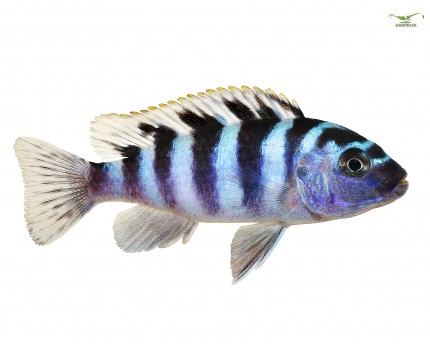

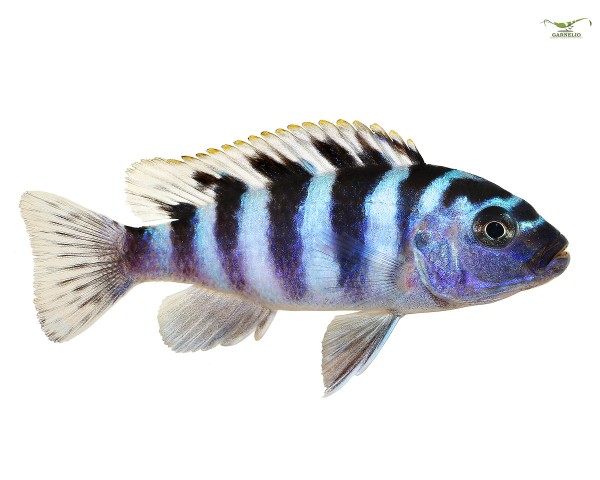

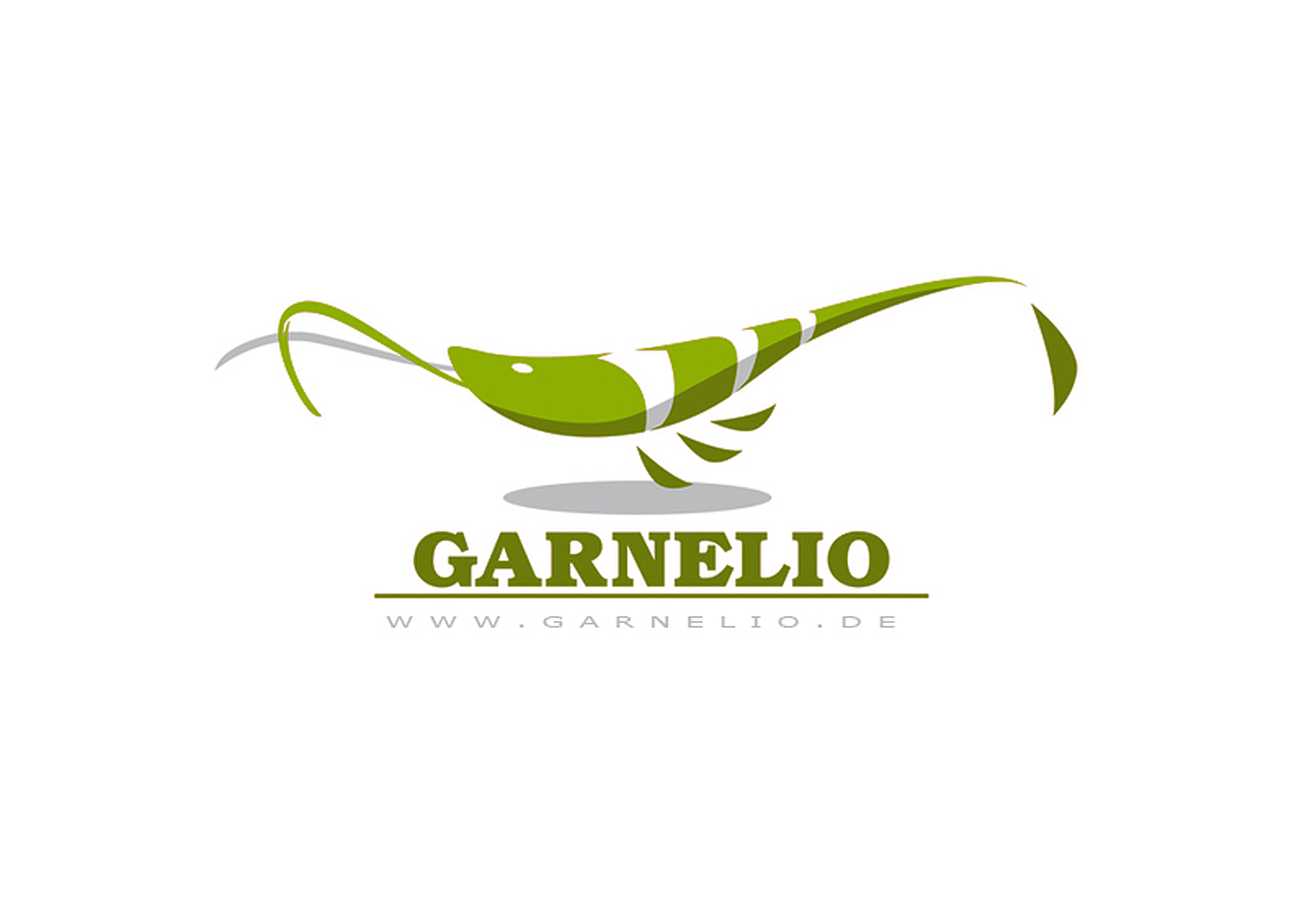
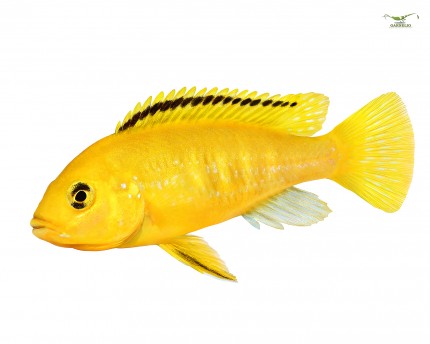
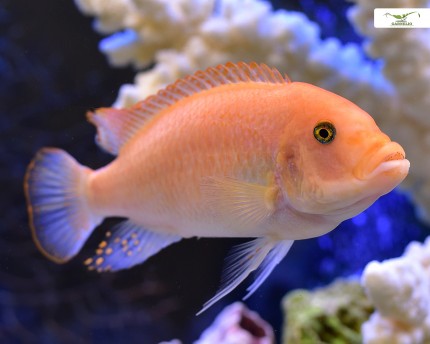

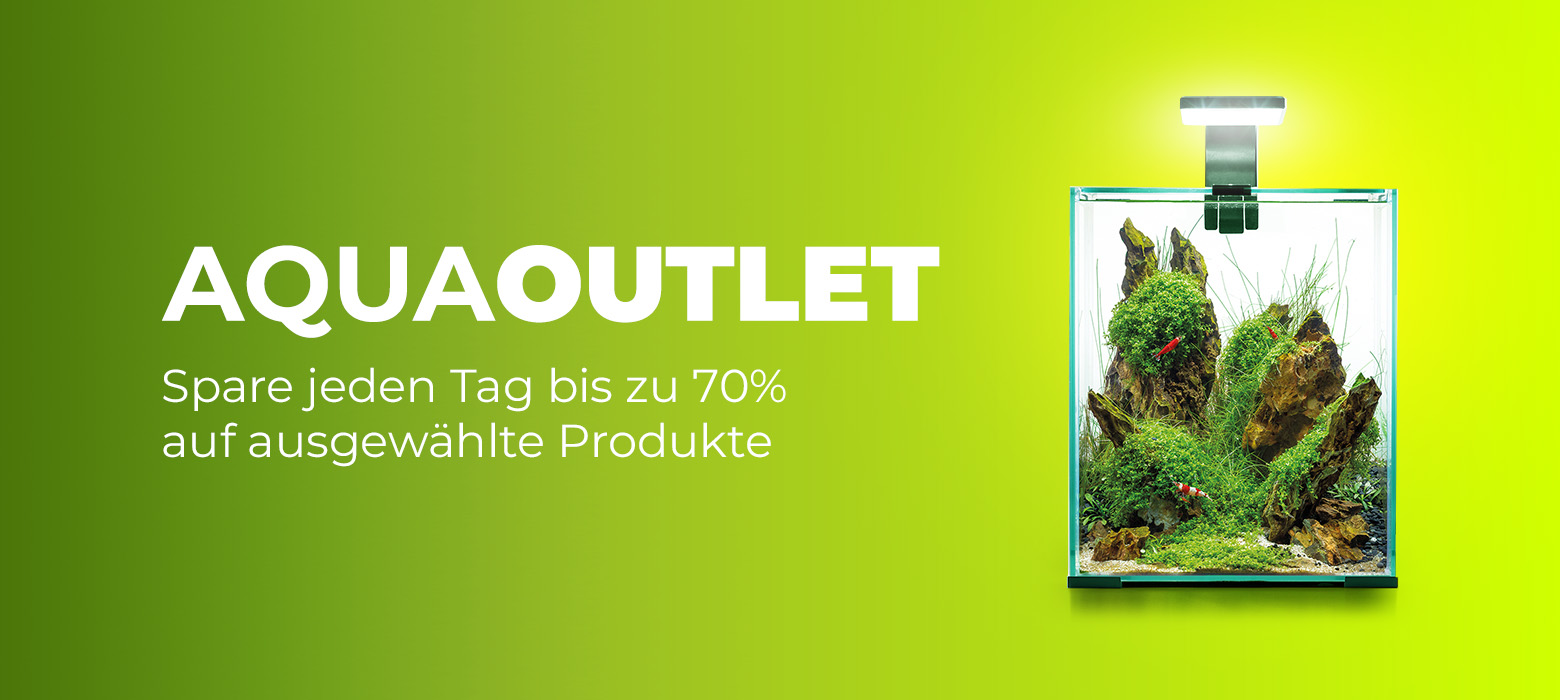
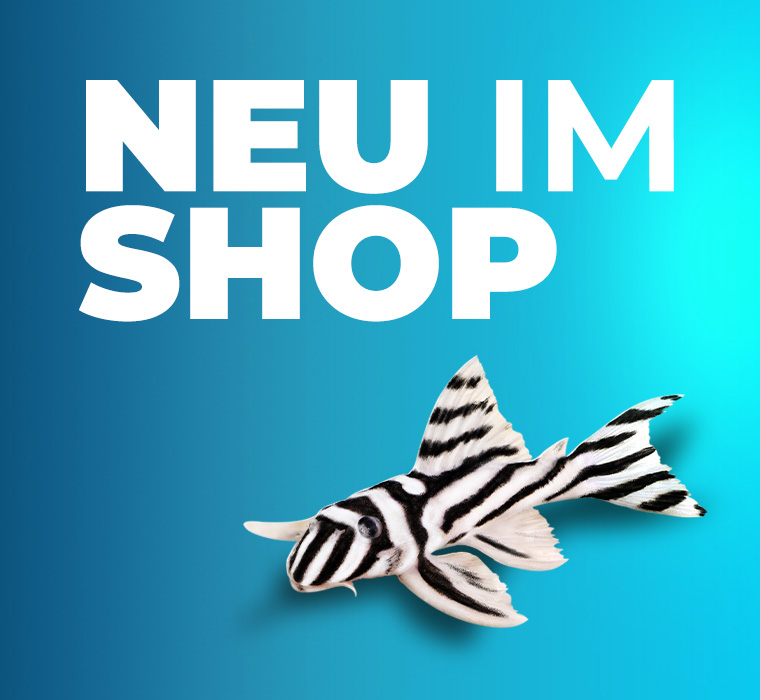
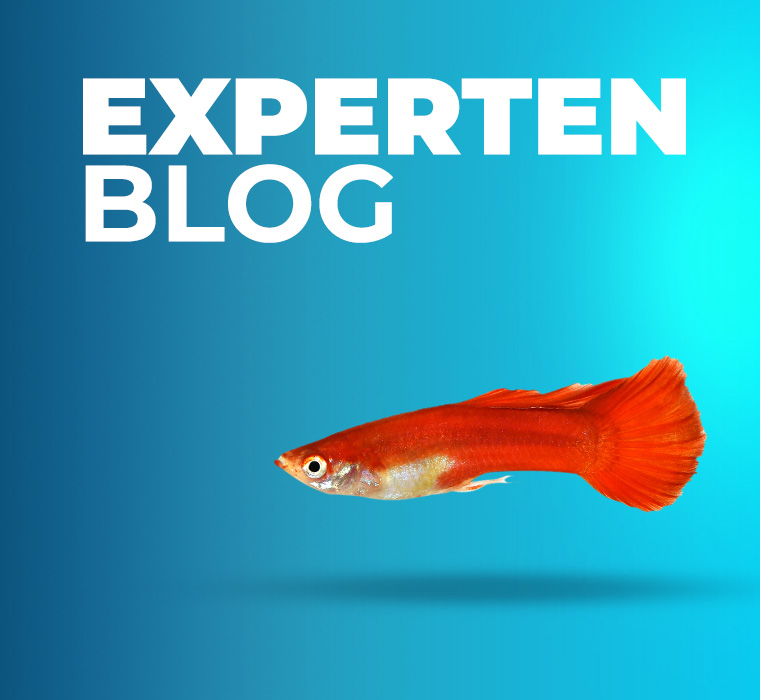
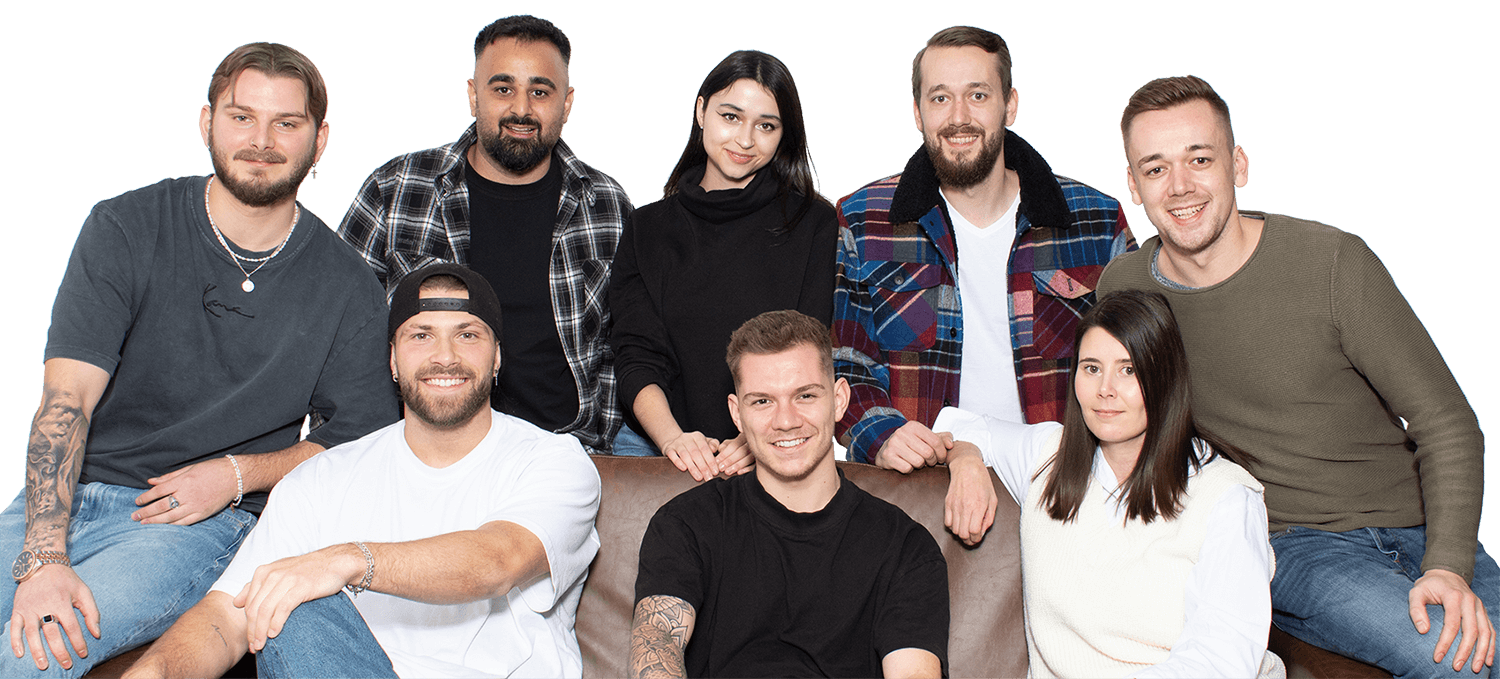
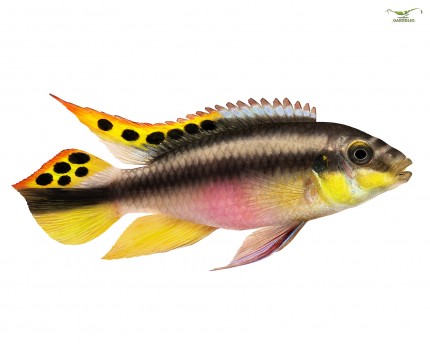
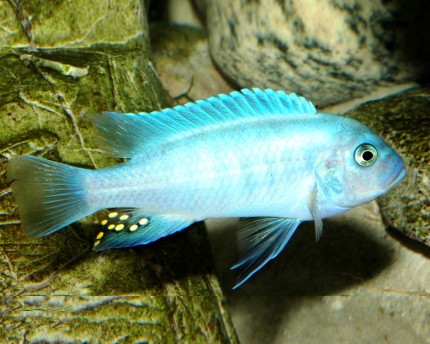
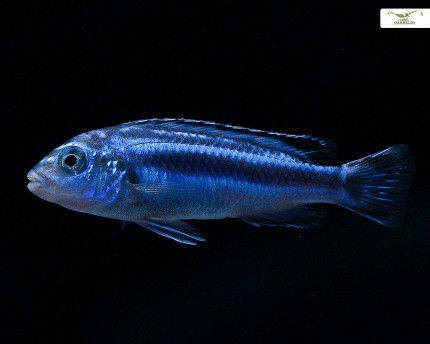
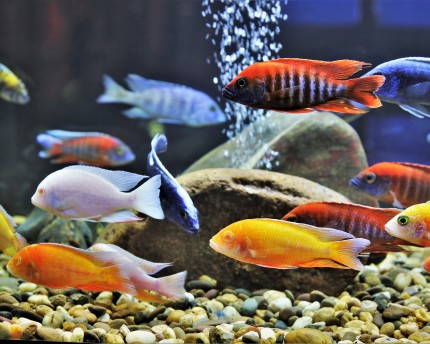
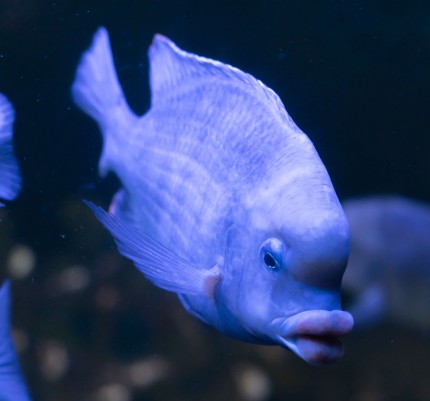
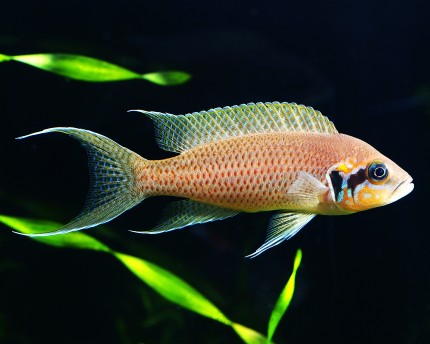
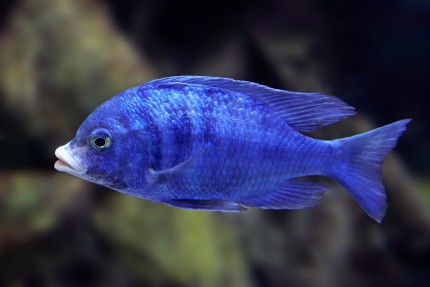
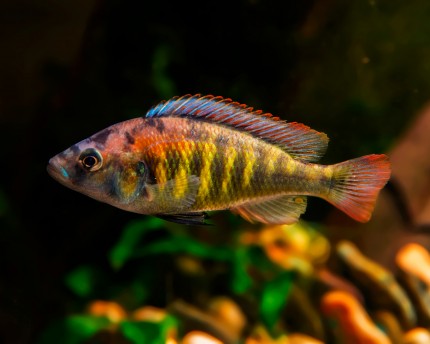
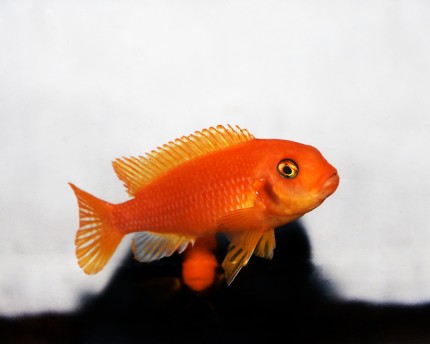
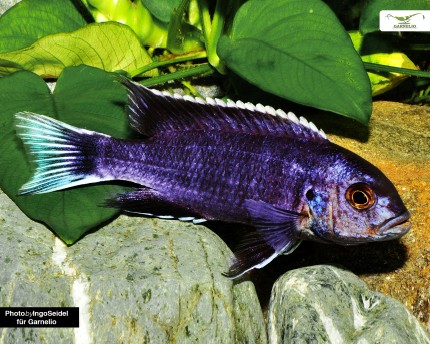
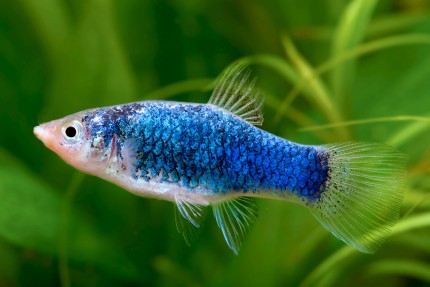
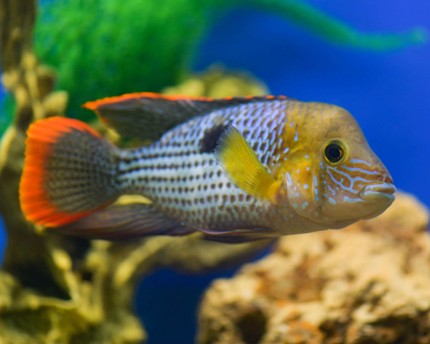
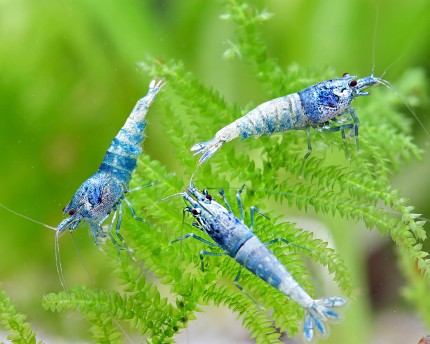
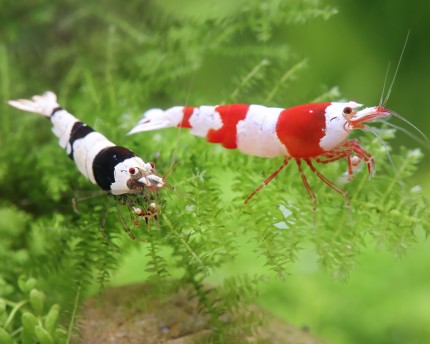
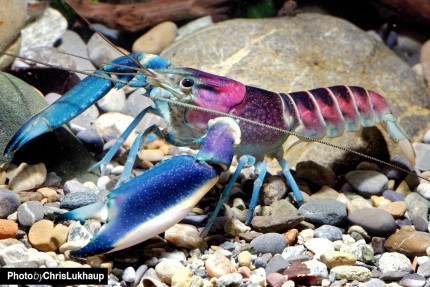
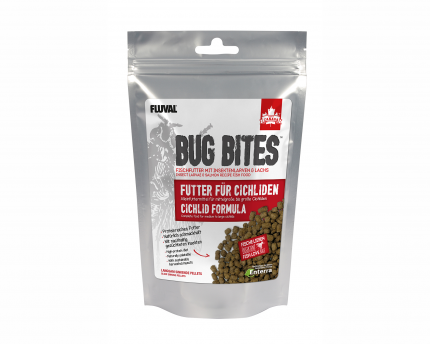
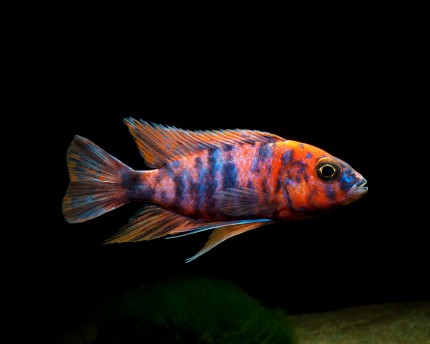
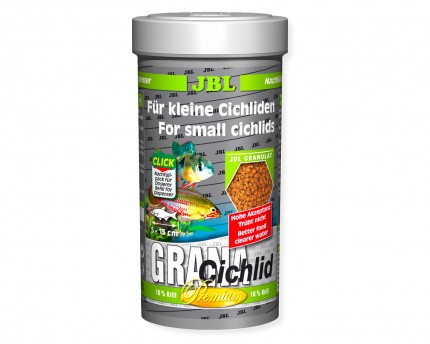
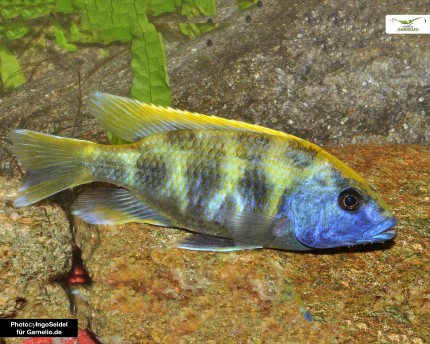
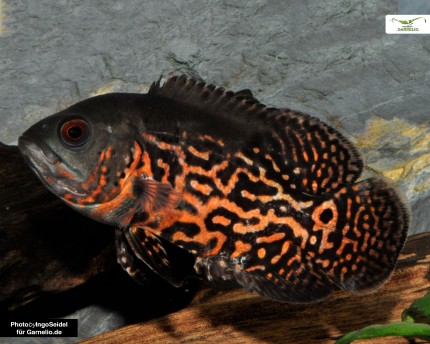
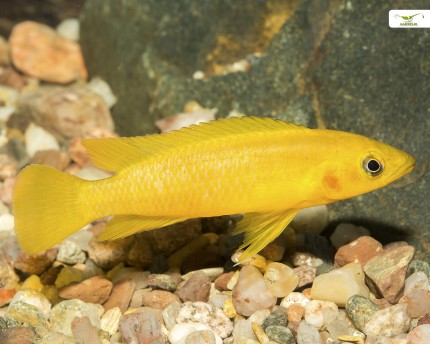
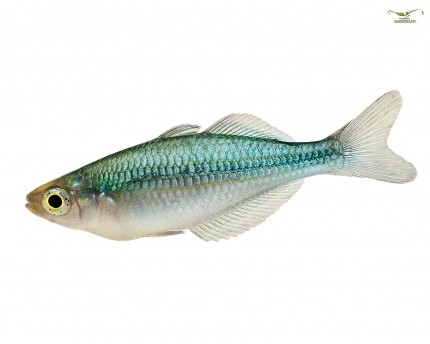
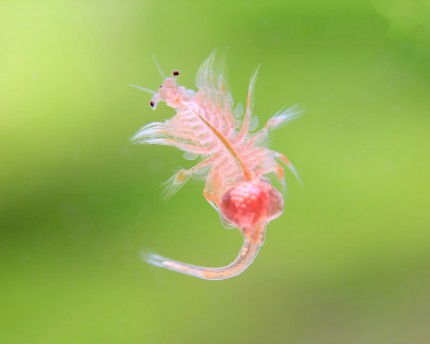
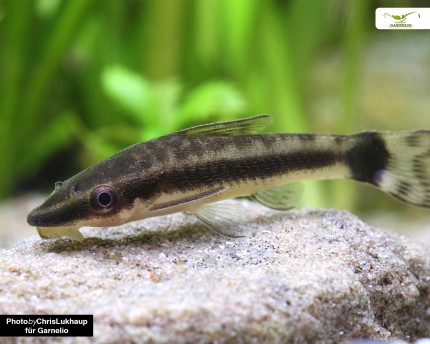
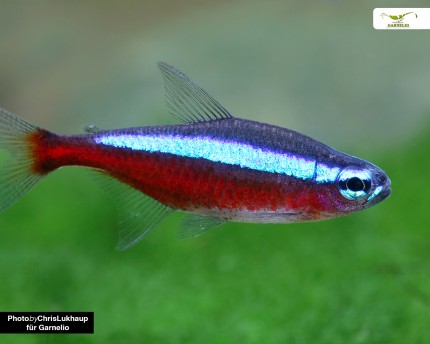
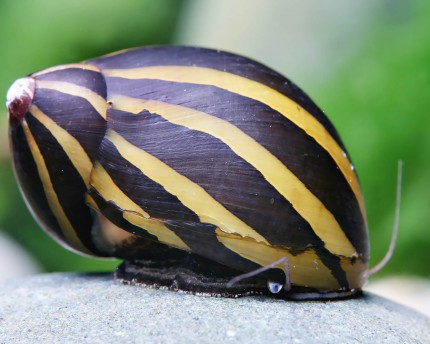
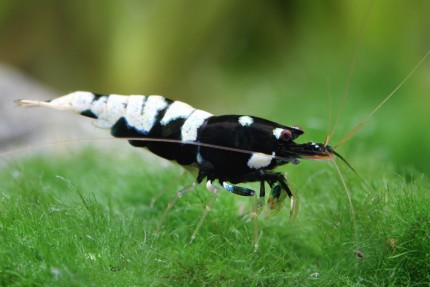
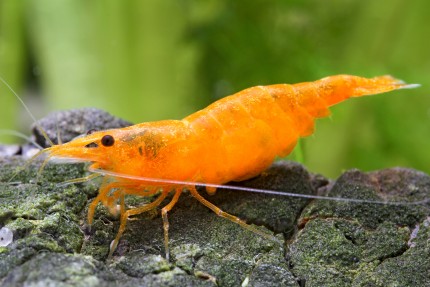
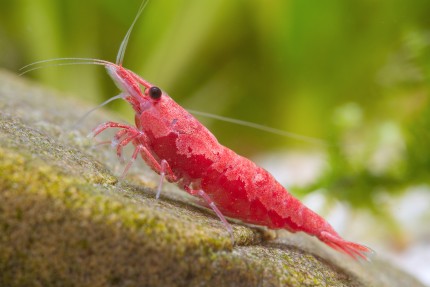
The fields marked with * are required.
I have taken note of the privacy policy.